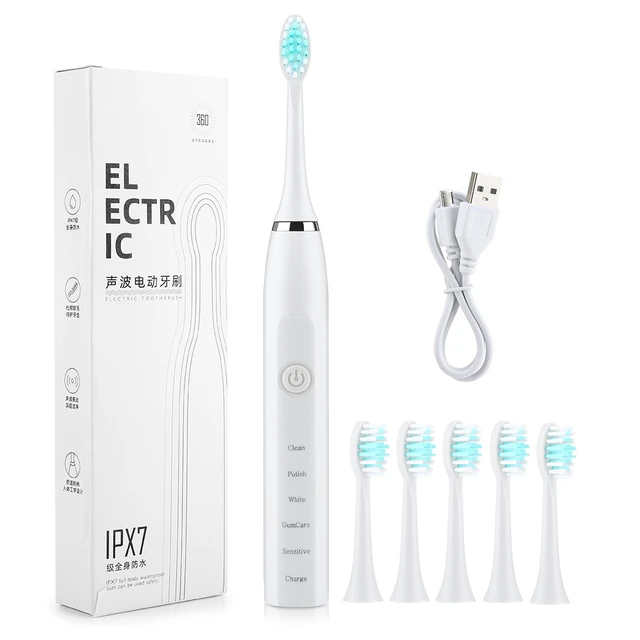Introduction
Proper cleaning and maintenance of your electric toothbrush are essential for maintaining good oral hygiene and maximizing its lifespan. With regular use, toothpaste residue and bacteria can accumulate on the brush head and handle, leading to potential hygiene concerns. In this comprehensive guide, we will explore various methods for effectively cleaning an electric toothbrush, discuss the importance of regular maintenance, provide tips for thorough cleaning, and share insights on extending its longevity. Let’s dive into the world of electric toothbrush cleanliness and hygiene.
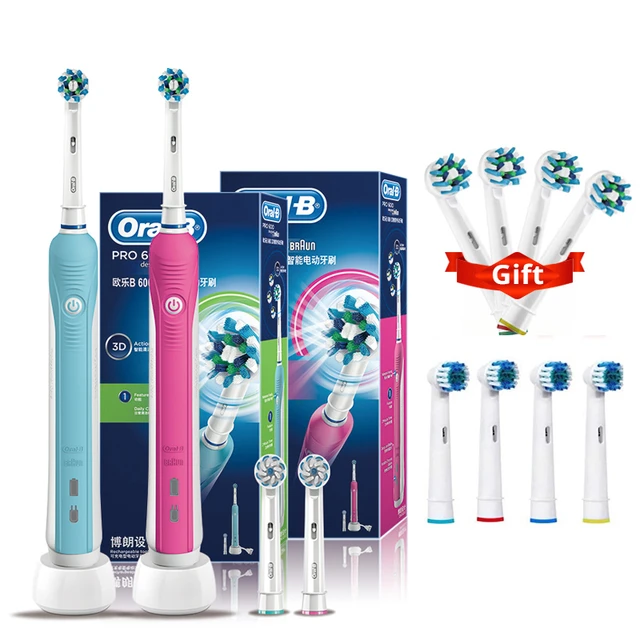
Maintaining a Hygienic Electric Toothbrush: Cleaning Tips
I. Importance of Cleaning your Electric Toothbrush
-
Oral Hygiene:
- Regular cleaning of your electric toothbrush helps maintain oral hygiene by removing bacteria, plaque, and other debris that may accumulate during brushing.
-
Bacterial Control:
- Proper cleaning prevents bacteria growth, ensuring that your toothbrush remains a clean and hygienic tool for oral care.
-
Prolonged Lifespan:
- Regular care and cleaning of your electric toothbrush can extend its longevity, allowing you to make the most of your investment.
II. Cleaning Techniques for an Electric Toothbrush
-
Daily Cleaning Routine:
- After each use, rinse your electric toothbrush thoroughly with warm water to remove toothpaste residue and debris from the brush head.
-
Weekly Deep Cleaning:
- Implement a weekly deep cleaning routine to ensure thorough hygiene maintenance and prevent bacteria buildup.
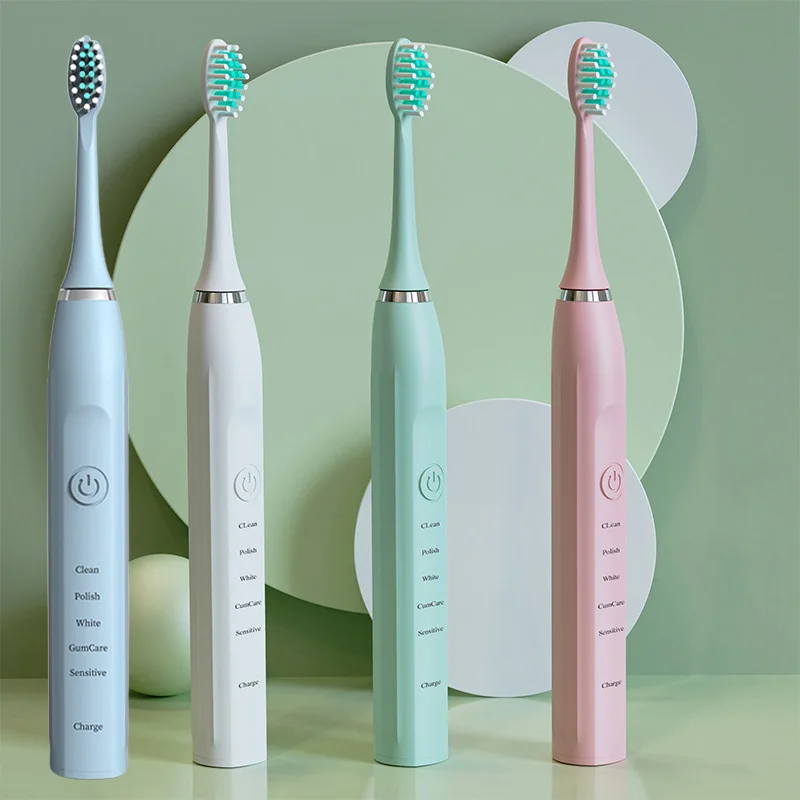
III. Deep Cleaning Methods
-
Soaking in Antibacterial Mouthwash Solution:
- Fill a container with enough antibacterial mouthwash to submerge the brush heads. Let the brush heads soak for 15 minutes to disinfect and eliminate bacteria. Rinse them thoroughly with water before use.
-
Vinegar Bath:
- Create a solution by mixing equal parts white vinegar and water in a container. Submerge the brush heads in the solution for 30 minutes to remove tough stains and eliminate bacteria. Rinse the brush heads thoroughly with water before using them.
-
Hydrogen Peroxide Solution:
- Dilute hydrogen peroxide with an equal amount of water in a container. Soak the brush heads for 15 minutes to disinfect and remove bacteria. Rinse them thoroughly with water before use.
IV. Cleaning the Handle
-
Wiping with Disinfectant Wipes:
- Regularly wipe the handle of your electric toothbrush with disinfectant wipes to remove any dirt, residue, or bacteria that may have accumulated.
-
Using Mild Soap and Water:
- Dampen a cloth or sponge with water and mild soap. Gently wipe the handle of the electric toothbrush, ensuring not to let any excess liquid enter the device. Rinse the handle thoroughly with water and dry it before storing.
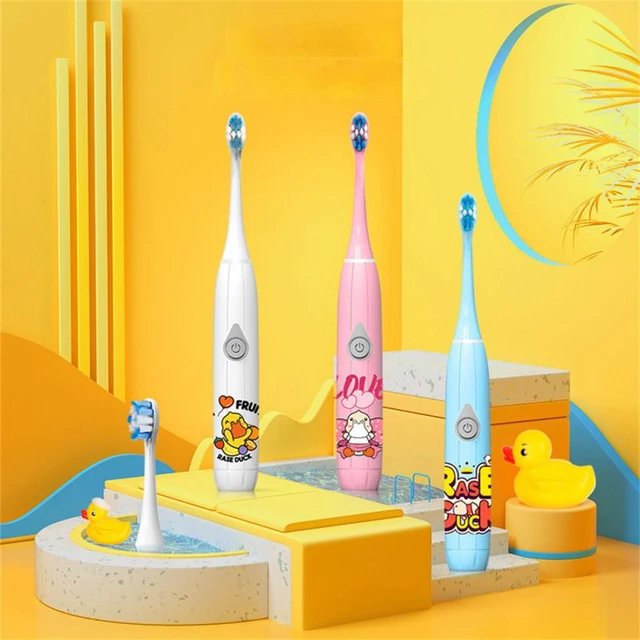
V. Maintaining Brush Head Cleanliness
-
Brush Head Replacement:
- Replace the brush head according to the manufacturer’s recommendations, typically every three to four months, or sooner if the bristles appear frayed or worn.
-
Rinse and Dry:
- After each use, rinse the brush head thoroughly under warm water to remove any remaining toothpaste, food particles, or debris. Shake off excess water and store the brush head in an upright position to allow it to air dry completely.
-
Separate Storage:
- If you share a bathroom with others, ensure that each person’s electric toothbrush has a separate storage area to prevent cross-contamination.
VI. Additional Cleaning Tips
-
Avoid Storing in Closed Containers:
- Do not store the electric toothbrush in a closed container or travel case while it is still damp. Moisture can promote bacterial growth. Instead, allow the device to dry completely before storing it in an open-air environment.
-
Avoid Excessive Pressure While Brushing:
- Applying excessive pressure while brushing can cause toothpaste and saliva to seep into the toothbrush’s internal components. Use gentle pressure to maintain optimal functionality and prevent damage.
-
Regularly Inspect the Device:
- Routinely check the electric toothbrush for any signs of wear, water damage, or malfunction. If you notice any issues, consult the manufacturer or contact customer support for further guidance.
VII. Maximizing Longevity
-
Proper Charging and Storage:
- Adhere to the manufacturer’s instructions for charging and storing your electric toothbrush. Avoid overcharging the device and store it in a clean and dry environment.
-
Handle Battery Maintenance:
- Some electric toothbrushes have rechargeable batteries. To maintain their lifespan, follow the manufacturer’s recommendations regarding charging cycles and avoid depleting the battery completely before recharging.
-
Replacement Parts and Repair:
- If your electric toothbrush requires replacement parts or repairs, consult the manufacturer or authorized service centers. Attempting DIY repairs may void your warranty or compromise the device’s functionality.
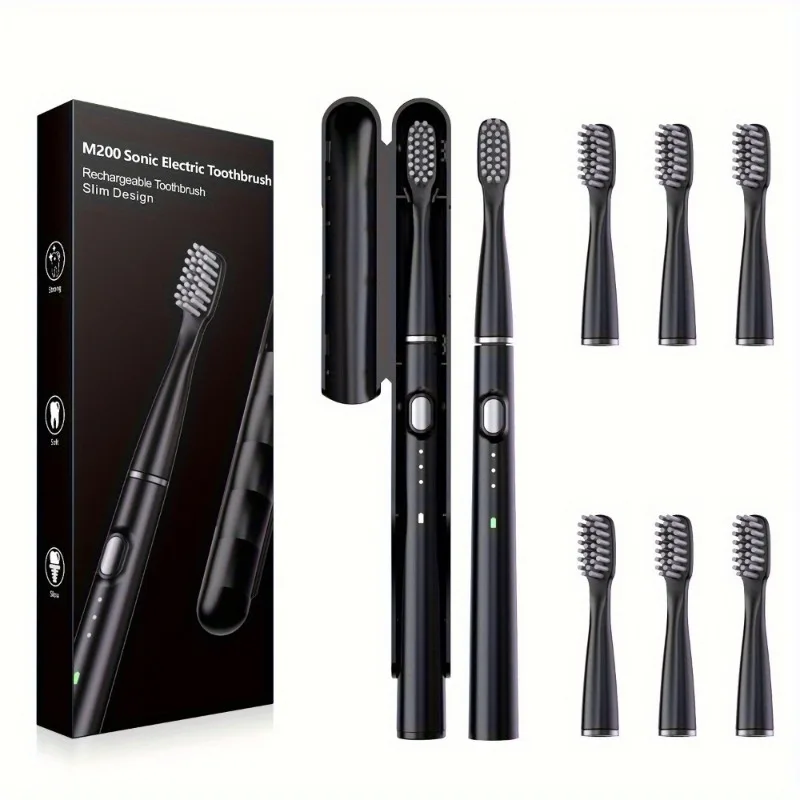
IX. Troubleshooting and Common Issues
-
Brush Head Odor:
- If you notice a foul odor coming from your electric toothbrush’s brush head, try soaking it in a mixture of equal parts water and baking soda for a few hours. Rinse the brush head thoroughly afterward. This can help eliminate odors and freshen the bristles.
-
Unclogging Water Jets:
- If your electric toothbrush has water jets or cleaning modes, occasionally check for clogs or blockages that can affect their performance. Use a thin, soft bristle brush or a toothpick to gently remove any debris and restore proper functionality.
-
Addressing Device Malfunctions:
- In case of any device malfunctions or unexpected issues with your electric toothbrush, consult the manufacturer’s troubleshooting guide or contact their customer support for assistance. They can offer specific advice tailored to your device model.
X. Traveling with Your Electric Toothbrush
-
Charge Before Traveling:
- Ensure that your electric toothbrush is fully charged before embarking on a trip. This ensures that you have enough battery power for the duration of your travel.
-
Disconnect the Charging Cable:
- Before packing your electric toothbrush, disconnect it from the charging cable or base to prevent accidental activation during travel.
-
Protective Case Usage:
- Consider using a protective case specifically designed for electric toothbrushes while traveling. These cases help protect the brush head and handle from damage and maintain hygienic conditions.
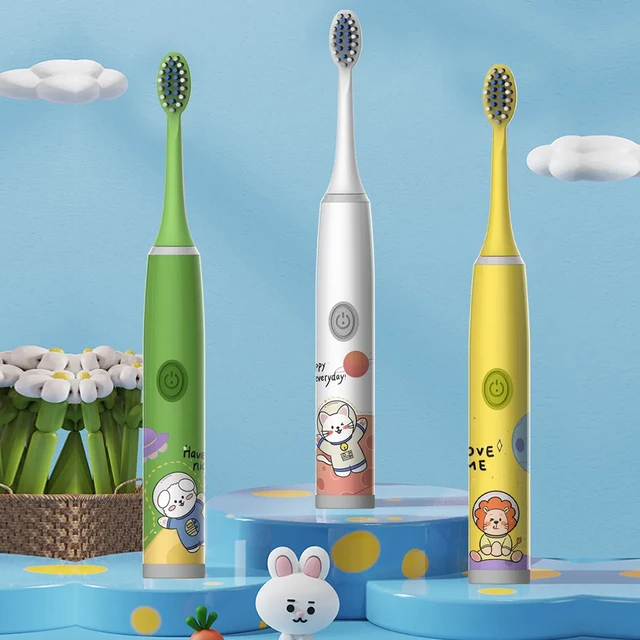
VIII. Conclusion: A Clean Tool for Optimal Oral Hygiene
Regularly cleaning your electric toothbrush is crucial for maintaining oral hygiene and prolonging its lifespan. By implementing daily cleaning routines and weekly deep cleaning methods, you can ensure that your electric toothbrush remains a clean and hygienic tool for your dental care routine.
Remember to inspect and maintain the brush head, handle, and charging components regularly, following the manufacturer’s instructions to maximize the longevity of your electric toothbrush.
Embrace a hygienic approach to your oral care routine by incorporating simple yet effective cleaning techniques for your electric toothbrush. With proper cleaning, you can confidently rely on your electric toothbrush’s effectiveness for optimal oral health and hygiene.

